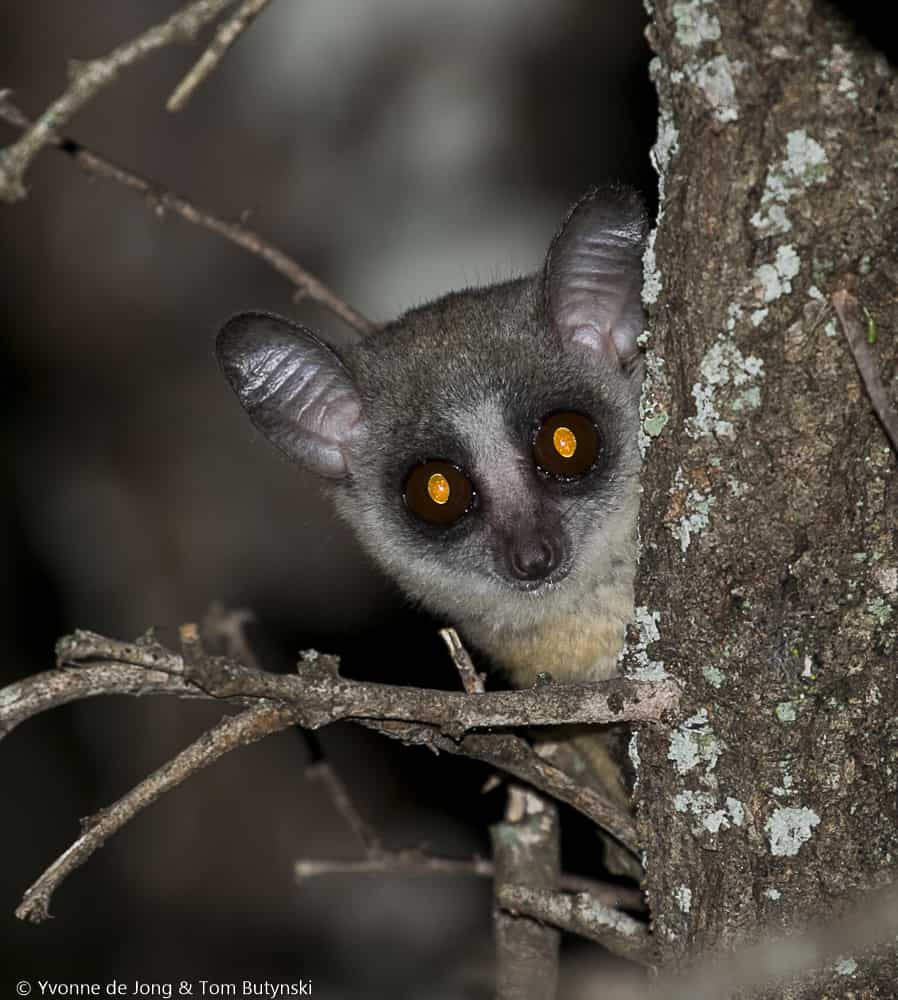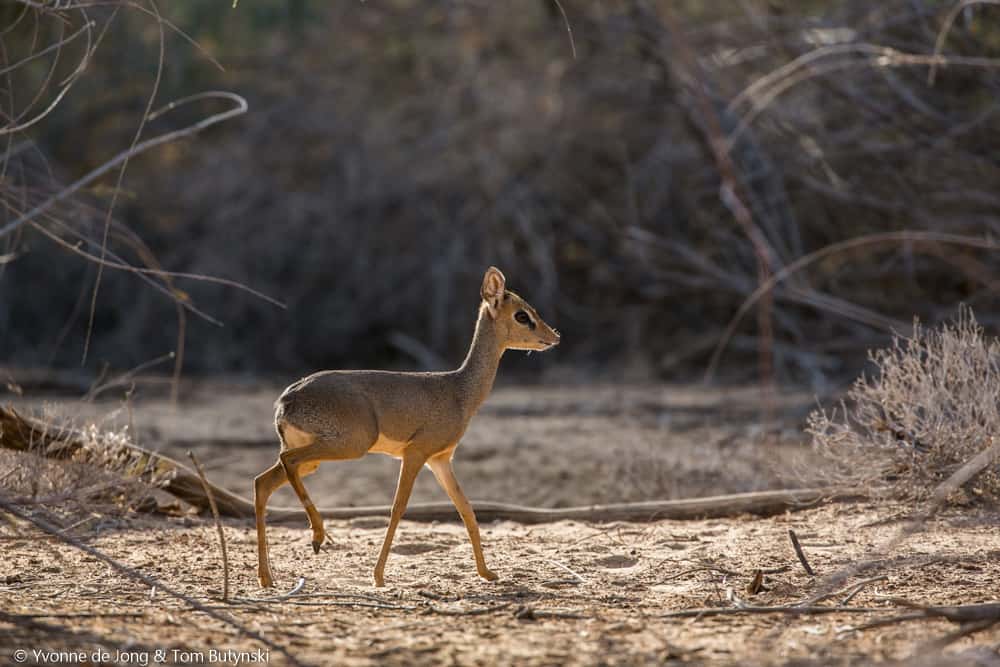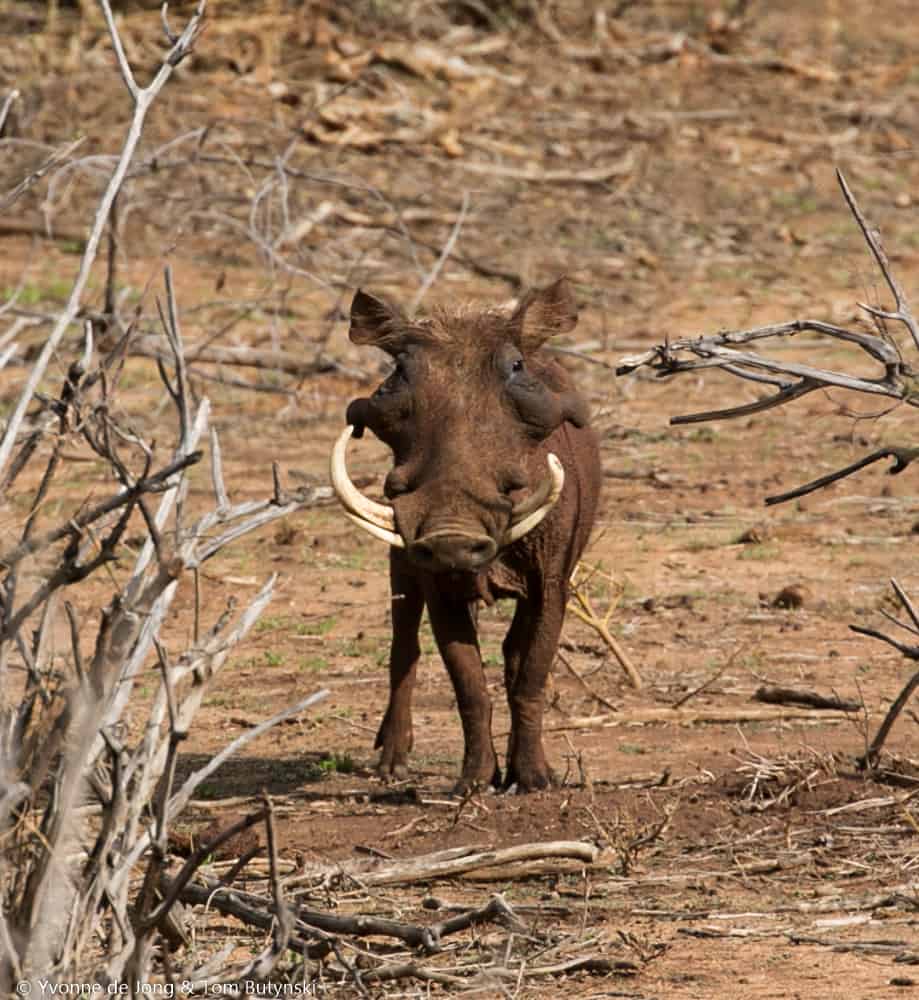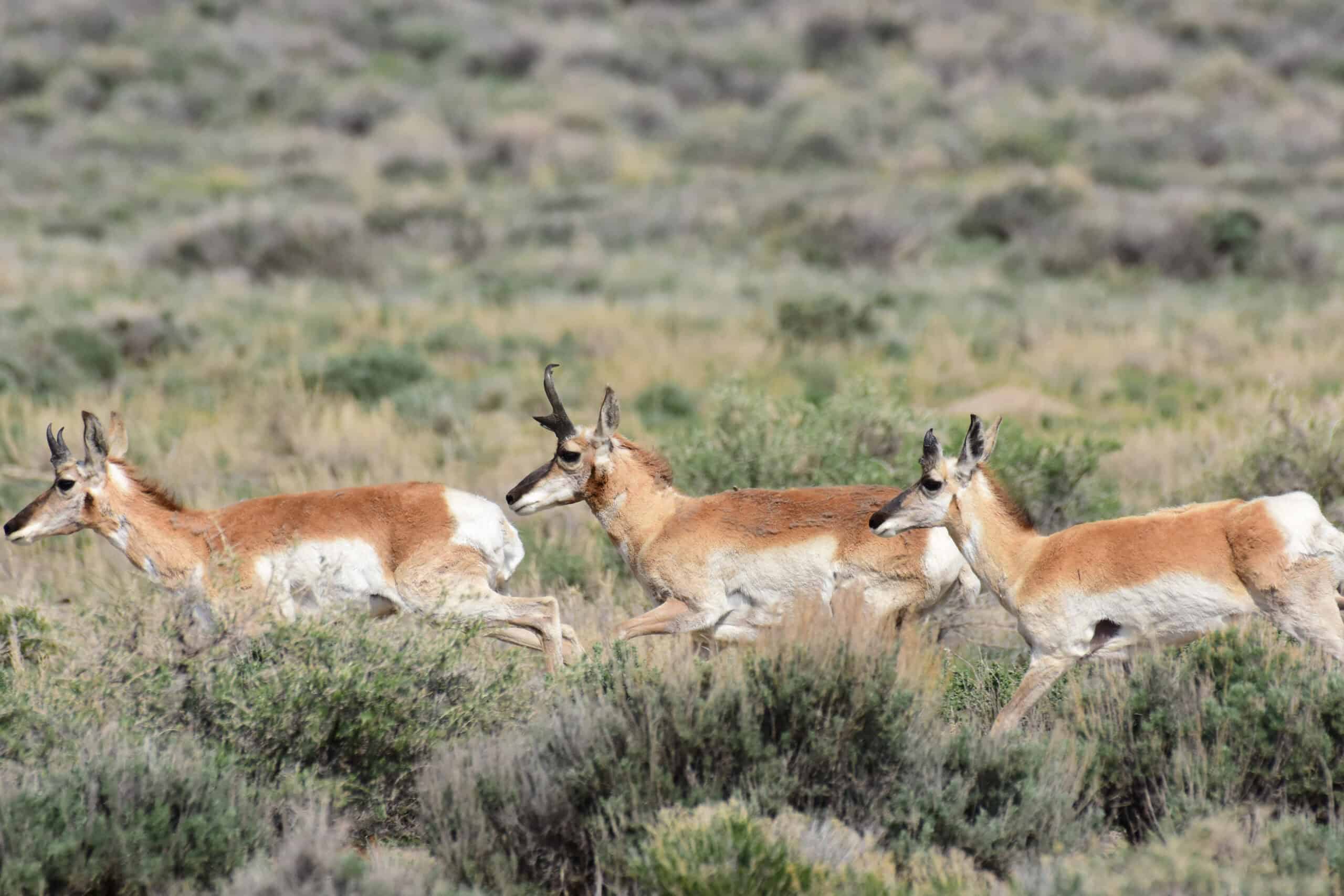By Yvonne A. de Jong and Thomas M. Butynski, Eastern Africa Primate Diversity and Conservation Program, wildsolutions.nl
The design and implementation of effective conservation measures for primates, warthogs, dik-diks, and hyraxes requires an efficient, low cost, and accessible resource for the identification of species and subspecies. Although photographs cannot replace an adequate museum collection as a resource for assessing species variation, geotagged photographs are a relatively fast, inexpensive, convenient, and unobtrusive means for detecting and assessing phenotypic variation within a species/subspecies over large areas. The use of photographs to document phenotypic characters will become increasingly important as the collection of specimens for hands-on assessments becomes ever more difficult.

Our 15 newly up-graded on-line photographic maps (or ‘PhotoMaps‘), with over 3165 images (December 2017) of African primates, warthogs, dik-diks, and hyraxes, together with the latest distribution maps, provide insight into each taxon’s phenotypic characters, diversity and biogeography. These freely available (wildsolutions.nl) ‘living’ collections of geotagged images are a practical tool for documenting and discussing diversity, taxonomy, biogeography, distribution and conservation status and, therefore, for planning actions for conservation. PhotoMaps are useful to those who want to identify species/subspecies, know which species/subspecies occur in which areas, obtain species/subspecies photographs, confirm species/subspecies distribution, or who want describe variation within a species/subspecies, especially as it relates to geographic distribution.

If you have photographs of African primates, warthogs, dik-diks, or hyraxes from the less documented areas of Africa (i.e., gaps on the PhotoMaps), please consider contributing them to the PhotoMaps. The photographers name is attached to each photograph. Anyone wishing to use a PhotoMap photograph must obtain both permission and the photograph from the photographer. Send your photographs, and the coordinates and/or place name of the site where the photographs were obtained, to [email protected]. Your help is much appreciated!
PhotoMaps are free-access at wildsolutions.nl. We thank Arnoud de Jong for his technical expertise and great help with the PhotoMaps.

Yvonne A. de Jong
Yvonne A. de Jong (PhD) is a Kenya-based Dutch primatologist who has worked in Africa for more than 16 years. She is member of the Nocturnal Primate Research Group at Oxford Brookes University, member of various IUCN/SSC Specialist Groups including the Primate and Wild Pig Specialist Groups, and Collaborating Scientist of the Institute of Primate Research in Nairobi. Her main research focus is the biogeography, diversity and conservation of eastern Africa's primates and several other groups of large mammals, including the warthogs and dik-diks. She is the co-leader of the Eastern Africa Primate Diversity and Conservation Program and senior ecologist at the Lolldaiga Hills Research Programme, Kenya.


Leave a Reply